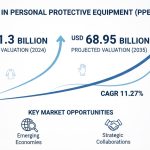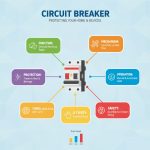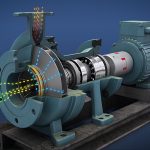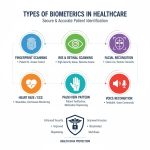Insights into the Food Authenticity Testing Market
The Food Authenticity Testing Market is witnessing significant growth, driven by increasing consumer awareness regarding food safety and authenticity. Valued at USD 7.1 billion in 2022, the market is projected to reach USD 12.48 billion by 2030, with a compound annual growth rate (CAGR) of 7.3% from 2023 to 2030. This document delves into the various facets of the Food Authenticity Testing Market, including its definition, importance, market expansion projections, segmentation insights, current trends, regulatory landscape, competitive landscape, challenges, and future outlook.
Overview of Food Authenticity Testing Market
Food authenticity testing refers to the methods and processes used to verify the origin, composition, and quality of food products. This testing is crucial for ensuring that consumers receive accurate information about the food they consume, thereby enhancing food safety and preventing fraud. The importance of food authenticity testing has surged in recent years, particularly in light of high-profile cases of food fraud and contamination that have heightened consumer awareness and concern.
The market is expanding rapidly due to several key drivers. Firstly, there is a growing global concern about food safety, which has led to increased demand for testing solutions. Consumers are becoming more discerning, seeking transparency regarding the food supply chain. Additionally, regulatory bodies worldwide are imposing stringent regulations on food safety and labeling, further propelling the need for authenticity testing services. The globalization of the food trade also plays a significant role, as companies strive to ensure the quality and origin of their products in an interconnected market.
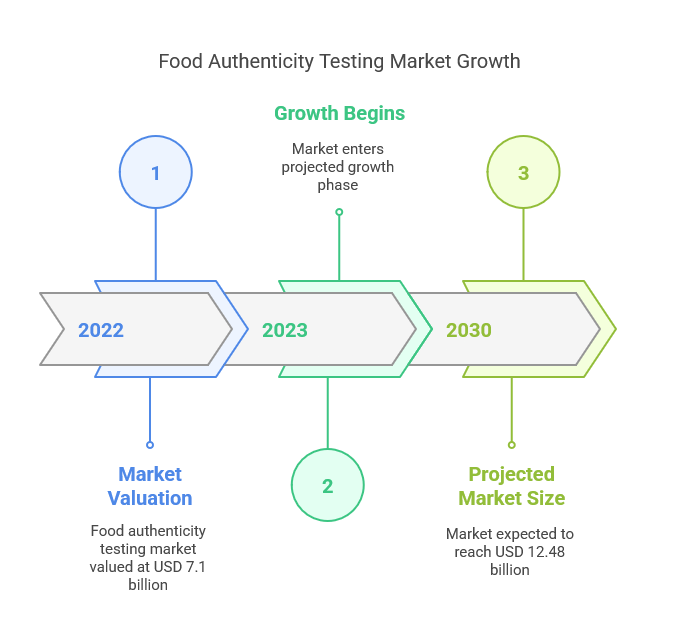
Market Segmentation Insights
The Food Authenticity Testing Market can be segmented based on various criteria, including types of testing techniques, applications across food categories, and regional markets.
Types of Testing Techniques
The primary testing techniques include DNA analysis, spectroscopy, and chemical analysis. Among these, the PCR-based segment has shown the most significant growth, contributing over 41.5% of the total revenue share in 2022. These advanced testing methods allow for precise identification of food products, ensuring compliance with safety regulations.
Applications Across Food Categories
Food authenticity testing is applicable across various food categories, with the processed foods segment accounting for the largest market share of 40.3% in 2022. Other significant categories include meat, dairy, and beverages, where authenticity testing is critical to prevent fraud and ensure quality.
Regional Market Analysis
Geographically, Europe generated more than 36.5% of the revenue share in 2022, driven by stringent regulations and high consumer awareness. The Asia Pacific region is anticipated to grow at the fastest rate from 2023 to 2030, as emerging economies increase their focus on food safety and authenticity.
Current Trends and Innovations
The Food Authenticity Testing Market is characterized by several current trends and innovations. Advances in analytical technologies, such as high-resolution mass spectrometry and next-generation sequencing, are enhancing the accuracy and efficiency of testing methods. Additionally, the adoption of blockchain technology is gaining traction, providing a transparent and immutable record of food supply chains, which helps in verifying authenticity.
Non-destructive testing methods are also becoming popular, allowing for the analysis of food products without altering their physical state. This is particularly beneficial for high-value items like wines and specialty foods. Furthermore, consumer demand for transparency is driving companies to invest in innovative testing solutions that can provide verifiable information about food origins and quality.
Regulatory Landscape and Impact
The regulatory landscape surrounding food authenticity testing is complex and varies by region. Major regulatory bodies, such as the FDA in the United States and EFSA in Europe, set standards for food safety and authenticity. Compliance with these regulations poses challenges for food manufacturers, particularly in maintaining consistent testing practices across different jurisdictions.
Global initiatives aimed at enhancing food safety are also influencing the market. Organizations like the Codex Alimentarius Commission work towards establishing international food standards, which further emphasize the need for robust authenticity testing.
Competitive Landscape and Key Players
The competitive landscape of the Food Authenticity Testing Market includes several major companies that are leading the way in innovation and market share. Key players include Eurofins Scientific, SGS SA, and Intertek Group, which are known for their comprehensive testing services and advanced technologies. These companies often engage in strategic collaborations and partnerships to enhance their service offerings and expand their market reach.
Emerging startups are also making their mark in the market, introducing innovative solutions that cater to the growing demand for food authenticity testing. These companies are leveraging cutting-edge technologies to provide unique testing methodologies and services.
Market Challenges and Restraints
Despite the positive growth trajectory, the Food Authenticity Testing Market faces several challenges and restraints. The cost of testing can be prohibitive for smaller food manufacturers, limiting their ability to comply with safety regulations. Additionally, there are gaps in expertise and knowledge regarding testing methods, which can hinder effective implementation.
Variability in standards across different regions also poses a challenge, as companies must navigate a complex regulatory environment. Furthermore, risks associated with sample contamination can compromise testing results, leading to potential food safety issues.
Future Outlook for the Market
The future outlook for the Food Authenticity Testing Market is promising, with growth projections indicating continued expansion. Opportunities for investment are abundant, particularly in the development of innovative testing technologies and solutions. Stakeholders are encouraged to focus on strategic collaborations and partnerships to enhance their market presence and service offerings.
As consumer preferences shift towards specialty and organic foods, there is a growing economic incentive for companies to invest in technologies that can verify the authenticity of these products. Overall, the Food Authenticity Testing Market is poised for significant growth, driven by increasing consumer awareness, regulatory pressures, and technological advancements.
FAQs
- What factors are driving the growth of the Food Authenticity Testing Market?
- How is the Food Authenticity Testing Market expected to evolve by 2030?
- What methodologies are commonly used in food authenticity testing?
- What are the key applications of food authenticity testing in various industries?
![[Market Research Reports] – Research Google News Blog | VMR.Biz](https://www.vmr.biz/wp-content/uploads/2022/12/logo-removebg-preview.png)



